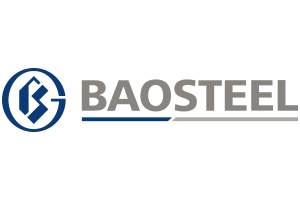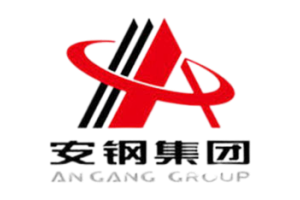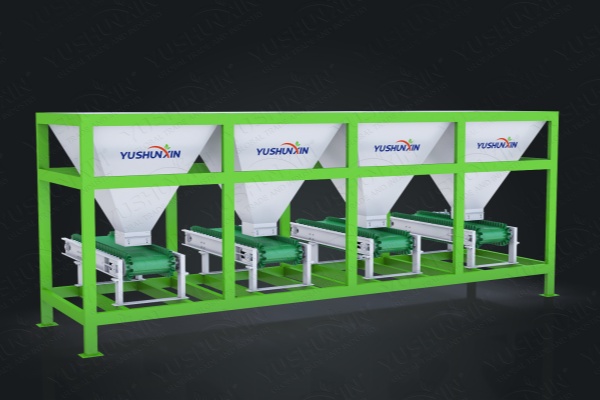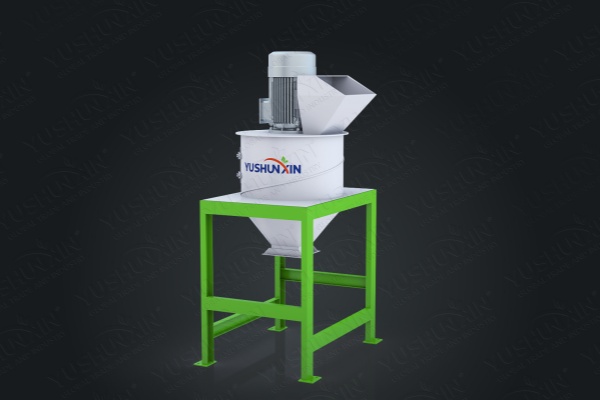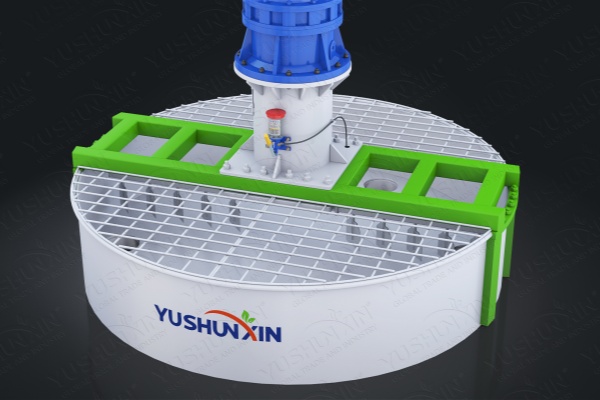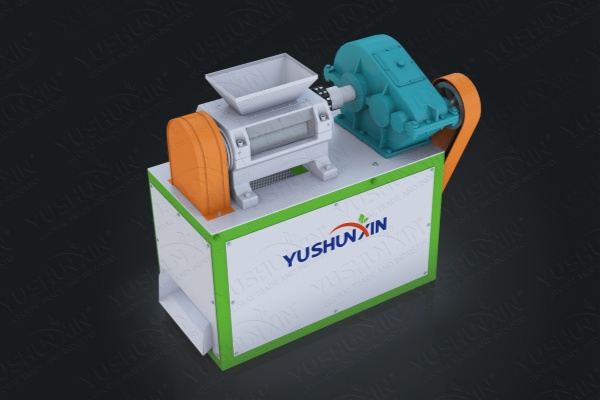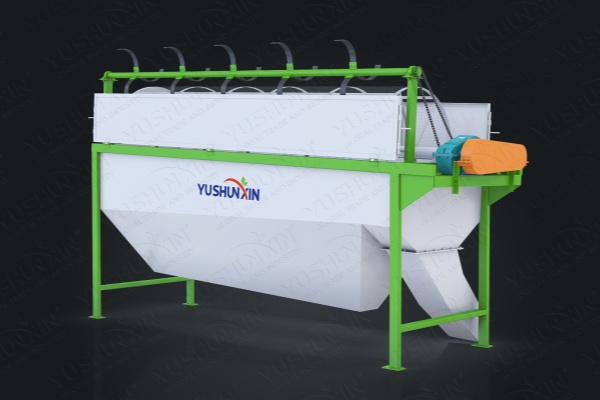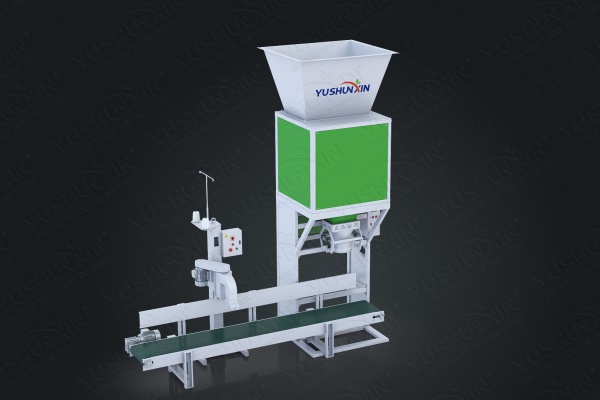The double roller press granulator is a versatile tool for dry powder granulation, comfortably processing a wide array of chemical and organic materials.
1. Raw Materials in NPK Fertilizer Production
A double roller extrusion granulator, utilizing roller compaction technology, efficiently processes an extensive range of materials in fertilizer production. These materials include compound fertilizers such as ammonium sulfate and ammonium nitrate, phosphate fertilizers like monoammonium phosphate (MAP) and diammonium phosphate (DAP), potash, and so on.
2. Handling Organic Materials for Fertilizer Production
Besides chemical fertilizers, the granulator excels in processing organic materials pivotal for organic fertilizer production. Examples include animal manure, compost, and sludge, which are crucial components of organic fertilizers. Its efficiency, adaptability, and reliability make it a preferred choice for organic fertilizer manufacturers seeking high-quality granulation proposals.
3. Other Applications in Dry Powder Granulation
Beyond fertilizer production, the double roller extrusion granulator finds application in various industries requiring dry powder granulation. Additionally, it’s utilized in the chemical industry for the compaction of powdered materials into solid forms, facilitating handling and storage. Moreover, the granulator efficiently handles mineral powders, contributing to applications such as metallurgy and mining. For instance, it processes mineral powders into dense granules for use in metallurgical processes or as additives in various industrial applications.
Conclusion
With its capability to process a diverse array of materials, ranging from chemical fertilizers and organic substances to mineral powders, the double roller extrusion granulator emerges as a versatile and indispensable tool in dry powder granulation across multiple industries. Meanwhile, you should know the key for successful granulation is to understand the material’s characteristics, including particle size, moisture content, and cohesiveness. Slightly adjusting the roller gap and pressure settings allows for the production of granules with the desired density and size.


